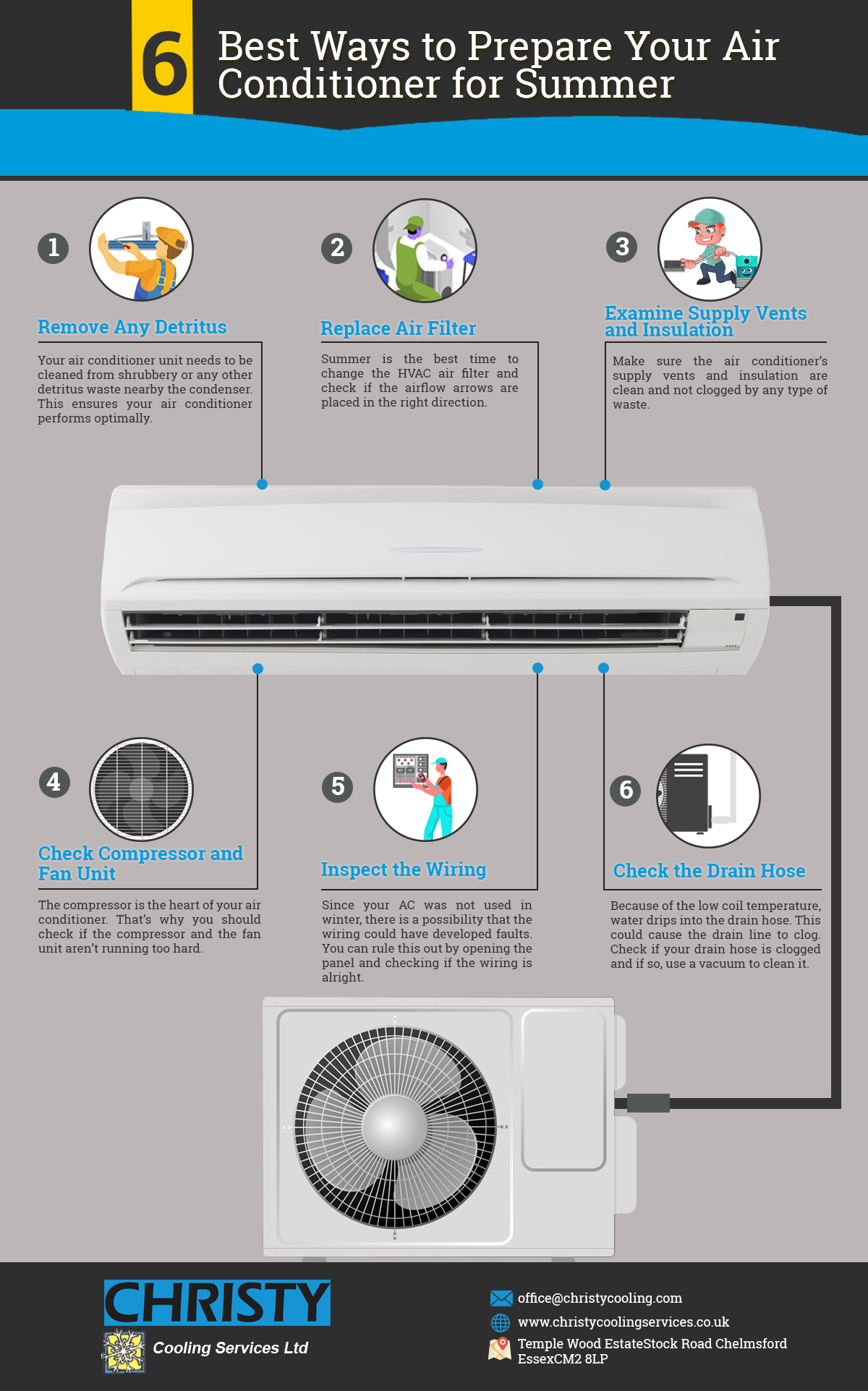The Future Of Home Home Heating - Just How Heat Pump Innovation Is Evolving
The Future Of Home Home Heating - Just How Heat Pump Innovation Is Evolving
Blog Article
Material Writer-Skaaning Goff
Heat pumps will certainly be a vital modern technology for decarbonising home heating. In a situation consistent with governments' introduced energy and environment dedications, their worldwide ability doubles by 2030, while their share in home heating rises to one-quarter.
They work best in well-insulated homes and count on electrical energy, which can be provided from a renewable power grid. Technological innovations are making them extra efficient, smarter and more affordable.
Gas Cells
Heat pumps use a compressor, cooling agent, coils and fans to move the air and warmth in homes and appliances. They can be powered by solar energy or power from the grid. They have been getting appeal as a result of their low cost, quiet operation and the capacity to generate electricity throughout peak power need.
Some firms, like IdaTech and BG MicroGen, are working with fuel cells for home heating. These microgenerators can replace a gas boiler and produce a few of a house's electrical demands with a link to the power grid for the rest.
Yet there are reasons to be cynical of using hydrogen for home heating, Rosenow says. It would be costly and ineffective contrasted to other technologies, and it would certainly add to carbon emissions.
Smart and Connected Technologies
Smart home innovation enables home owners to link and control their devices from another location with the use of mobile phone apps. For example, clever thermostats can discover your home heating preferences and immediately adapt to maximize power usage. Smart lights systems can be regulated with voice commands and automatically shut off lights when you leave the area, lowering energy waste. And wise plugs can keep track of and manage your electrical usage, permitting you to determine and limit energy-hungry appliances.
The tech-savvy home shown in Carina's meeting is a great picture of exactly how residents reconfigure space heating techniques in the light of new smart home innovations. They rely upon the gadgets' computerized functions to carry out everyday modifications and concern them as a hassle-free methods of conducting their heating practices. As such, they see no factor to adapt their practices additionally in order to make it possible for versatility in their home energy need, and treatments aiming at doing so may face resistance from these households.
visit this link
Because warming homes represent 13% of US emissions, a button to cleaner alternatives can make a huge distinction. Yet the modern technology faces difficulties: It's pricey and needs extensive home improvements. And it's not always compatible with renewable resource sources, such as solar and wind.
Till lately, electric heatpump were too pricey to compete with gas designs in many markets. Yet brand-new advancements in layout and materials are making them a lot more cost effective. And much better cool environment performance is enabling them to work well even in subzero temperature levels.
The next step in decarbonising home heating might be making use of warm networks, which draw heat from a central source, such as a neighboring river or sea inlet, and distribute it to a network of homes or structures. https://www.sooeveningnews.com/story/news/2021/11/27/using-energy-wisely-lowering-bill-during-holiday-season/8680480002/ would decrease carbon emissions and allow families to take advantage of renewable energy, such as environment-friendly electrical power from a grid supplied by renewables. This choice would be much less pricey than switching over to hydrogen, a fossil fuel that needs new infrastructure and would only minimize carbon dioxide emissions by 5 percent if paired with boosted home insulation.
Renewable Energy
As electrical power prices drop, we're beginning to see the very same pattern in home heating that has actually driven electric cars and trucks into the mainstream-- yet at an even faster rate. The strong climate situation for electrifying homes has been pushed better by new research.
Renewables represent a significant share of contemporary warmth consumption, but have actually been offered restricted policy focus around the world contrasted to various other end-use fields-- and even much less attention than electricity has. Partially, this mirrors a mix of customer inertia, divided incentives and, in several nations, subsidies for fossil fuels.
New technologies might make the change much easier. For instance, heatpump can be made more power efficient by replacing old R-22 cooling agents with new ones that do not have the high GWPs of their predecessors. Some specialists additionally visualize area systems that attract heat from a nearby river or sea inlet, like a Norwegian arm. The cozy water can then be made use of for heating and cooling in a community.